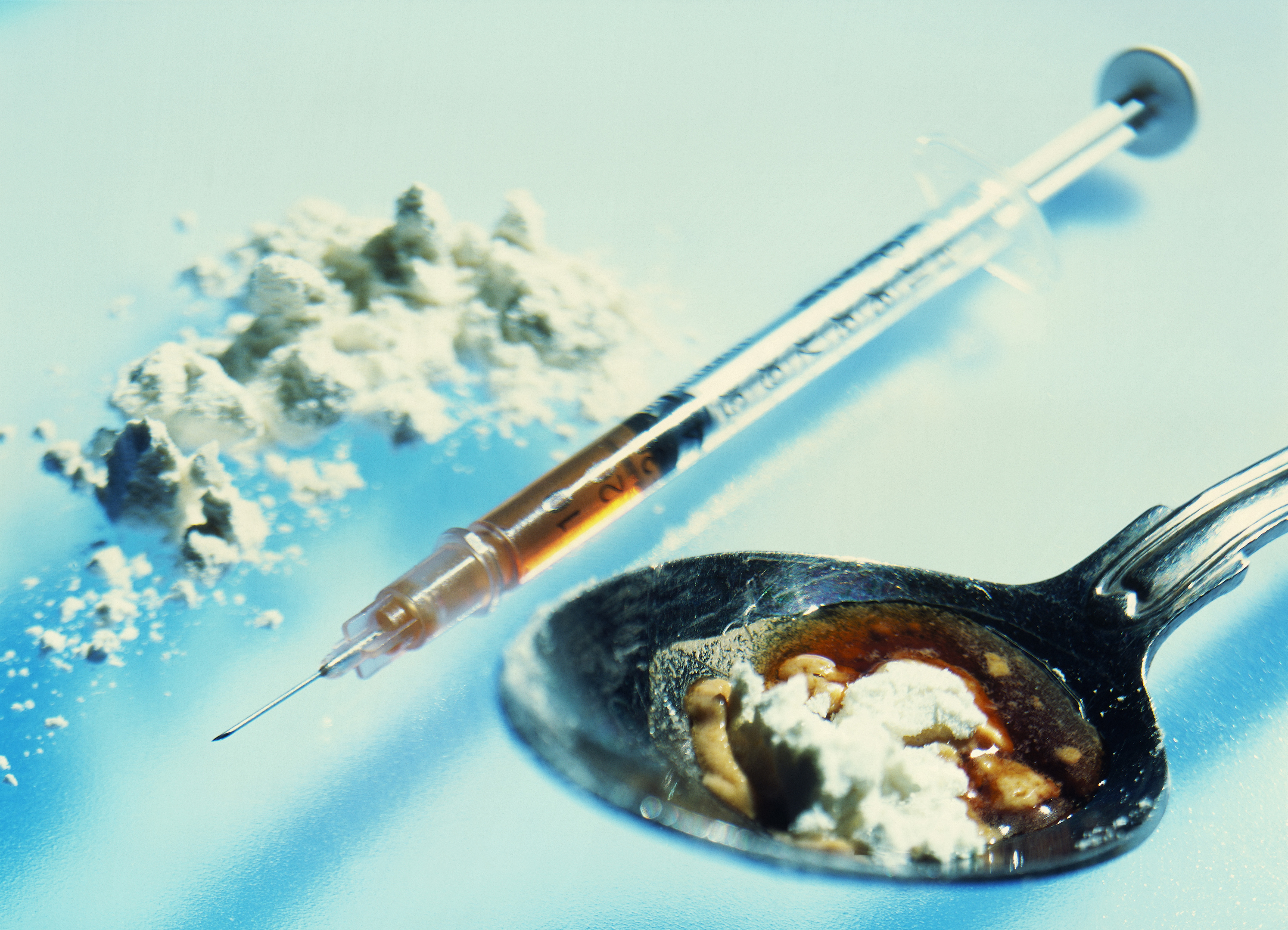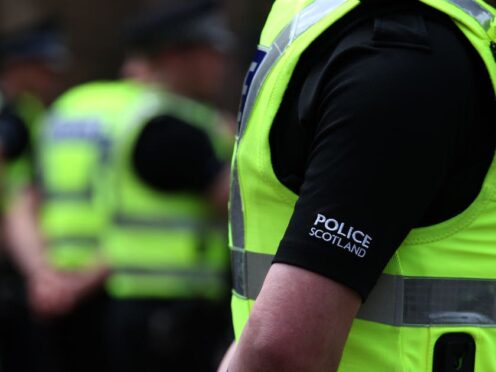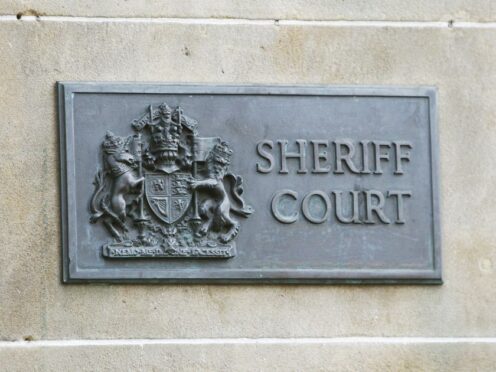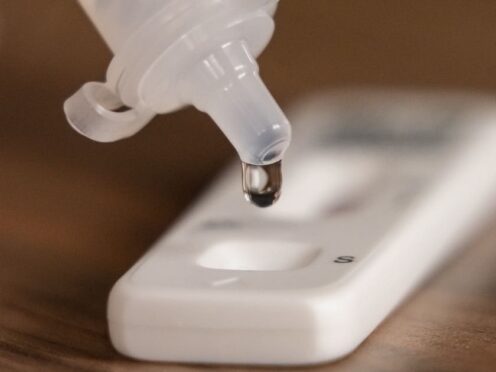Drug use in Scotland has continued to decline, new figures suggest.
Statistics from the Scottish Government show 6% of adults reported having used one or more illicit drugs in the last year.
The figure, published in the 2014/15 Scottish Crime and Justice Survey, was down from 6.2% in the 2013/14 survey and from 7.6% in the 2008/09 publication.
The survey – which is based on more than 11,000 interviews – also recorded a drop in daily drug use since the 2012/13 report.
Those reporting they used their most frequently-used drug in the last month “every day or almost every day” has fallen from 30.2% in 2012/13 to 18.8% in 2014/15.
Of those who reported using drugs in the last month, less than a fifth (16.6%) said they had felt dependent upon the drug they used most often.
For those who had tried to cut down on the drug they used most often in the last month, almost nine in 10 said that they did not use any support services.
The majority of those who had used drugs in the last month said that it was very easy or fairly easy to get hold of their most frequently used drug.
As with the 2012/13 survey, cannabis was the most commonly-used drug.
The 2014/15 survey also includes statistics on the use of so-called legal highs, or new psychoactive substances (NPS), for the first time.
An estimated 1.6% of adults reported they had taken powders, pills, herbal mixtures or crystals that are sold as ‘legal highs’, even if it was a long time ago.
Use of NPS was higher among younger age groups, with 4.1% of 16-24 year-olds reporting having ever used legal highs, compared with 2.7% of 25-44 year-olds and 0.5% of 45-60 year-olds.
A blanket ban on the substances and new enforcement powers came into force across the UK earlier this year.









